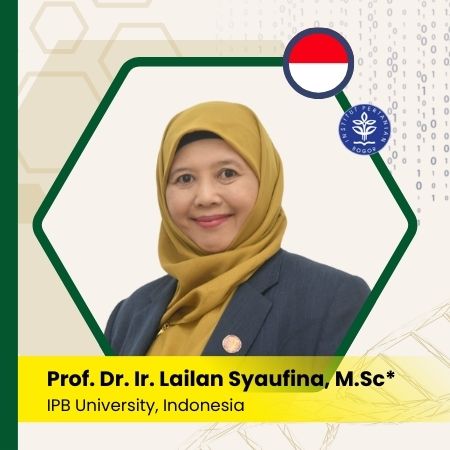Refining the Irrigation Water Requirement Model for Paddy Field Land Preparation by Empirical
Keywords:
intermittent irrigation, water saving, empirical model, paddy fields, climate changeAbstract
Currently, the reference for establishing irrigation water requirements for paddy field land preparation (KAIPL) relies on the Van de Goor & Zijlstra (VGZ) model, assuming a constant discharge. While practical for planning, this method often leads to wasteful implementation. Thus, this study aims to introduce a refined model for determining KAIPL (MVGZ), emphasizing water efficiency through intermittent irrigation. The proposed model integrates inundation during specific periods and at varying water levels applied to three distinct soil textures. To validate its effectiveness, the model was compared against field measurements conducted at two locations: BBPOPT Karawang, West Java, and Wajo, South Sulawesi. Findings reveal distinct coefficients for heavy, medium, and light soil textures—0.79, 0.76, and 0.73 respectively. Compared to the VGZ model, the developed model demonstrates significant water savings ranging from 10% to 36%, ensuring more efficient irrigation practices. Thus, the MVGZ model emerges as a promising tool for determining KAIPL with enhanced water conservation capabilities.





























